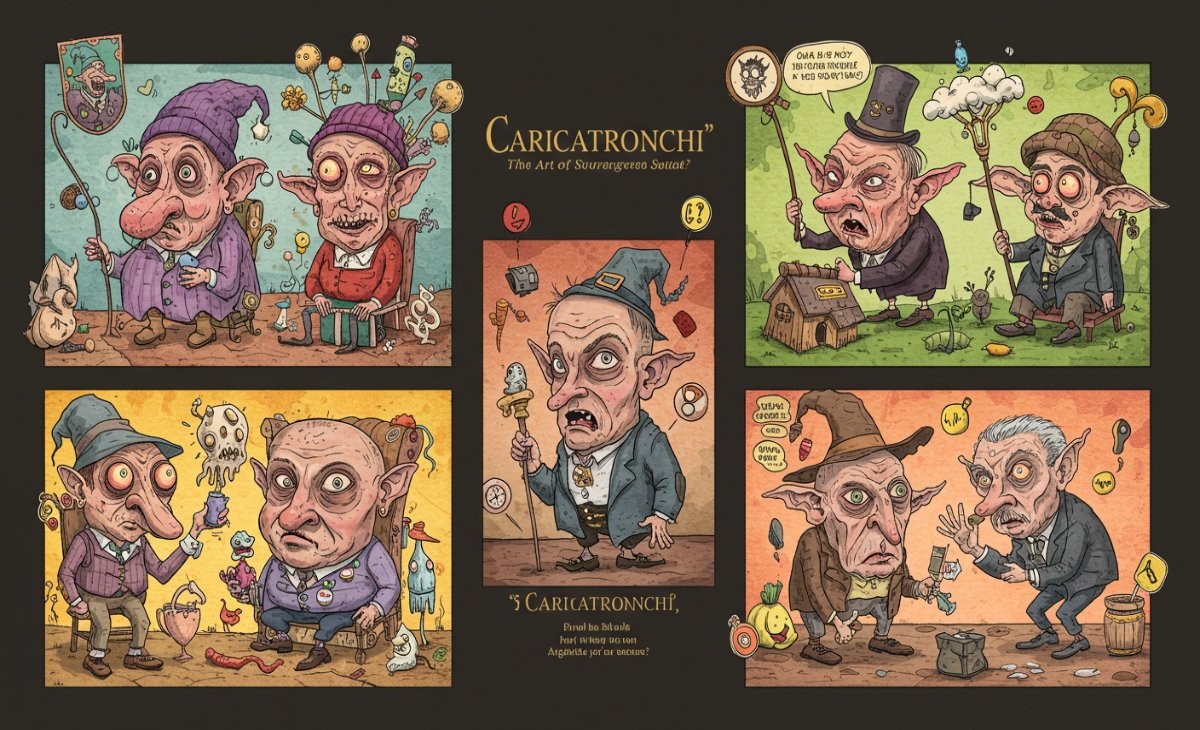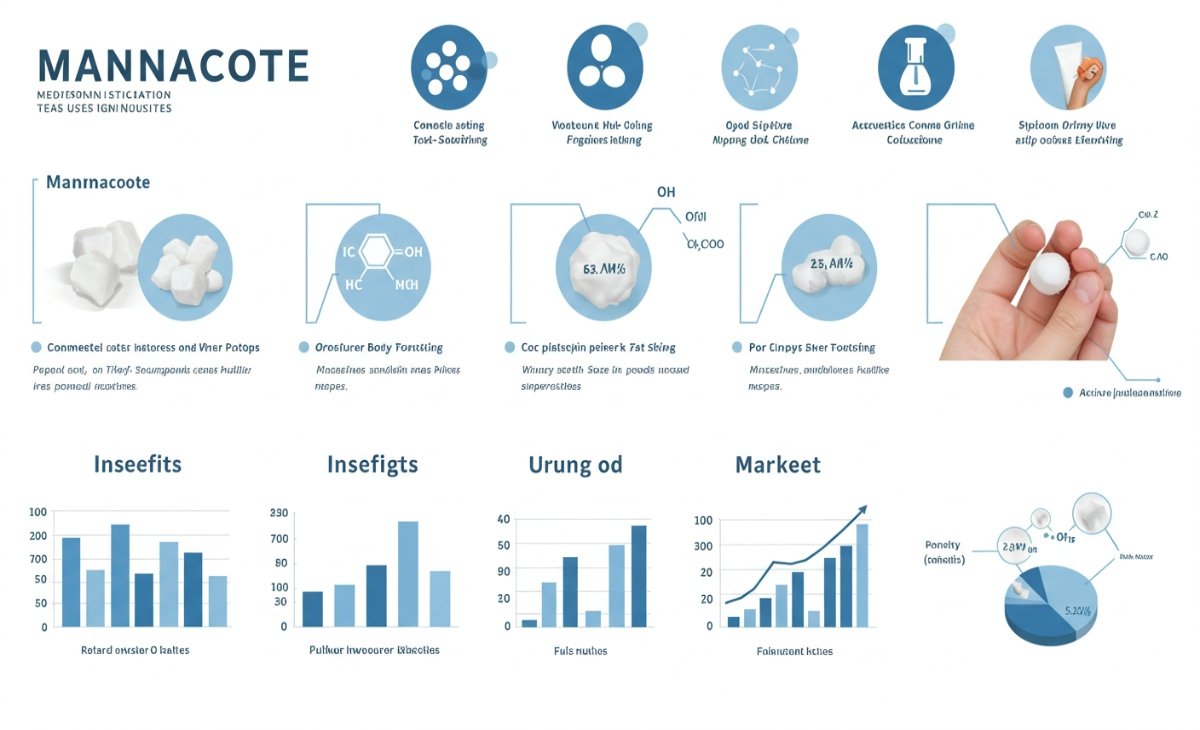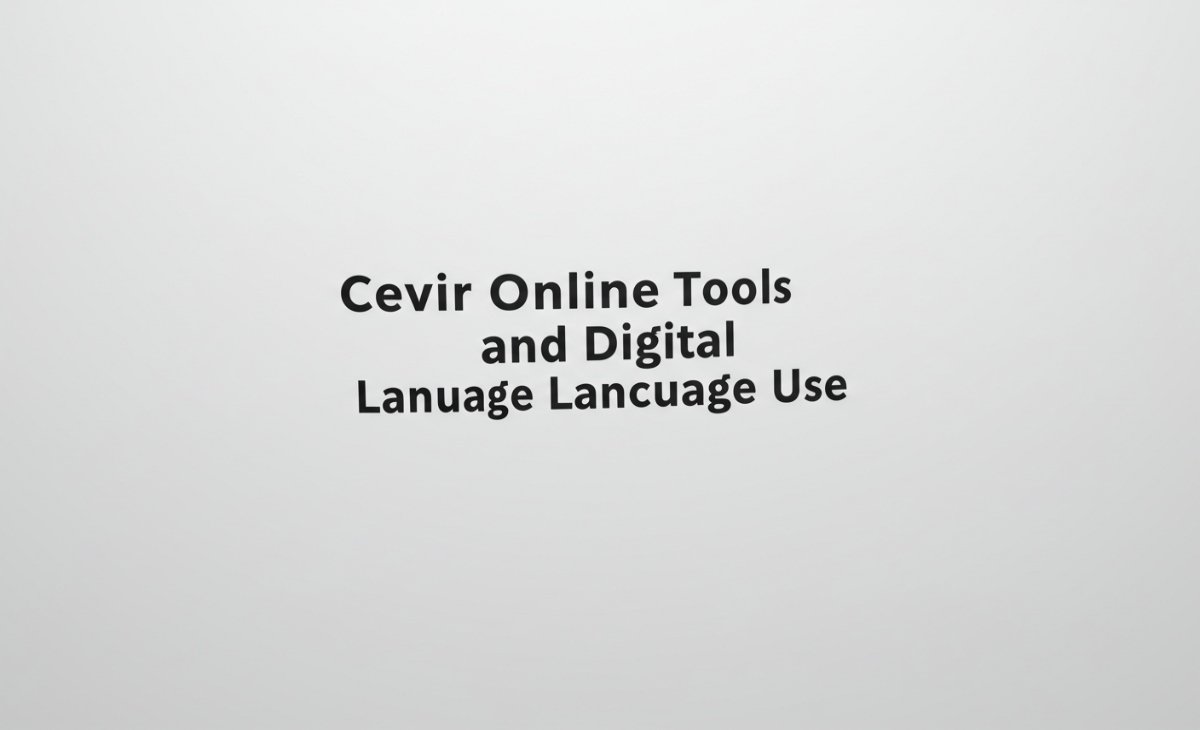Caricatronchi is not just a term, it is an emblem of satirical rebellion, a unique style of caricature art that exaggerates reality while diving into the absurd. Often blending elements of caricature, cartoon, and ironic social commentary, caricatronchi exists at the intersection of humor and critique. For many, this form of art serves as a mirror reflecting not only physical features but also political, cultural, and psychological characteristics of its subjects. Unlike traditional cartooning that aims to entertain, caricatronchi focuses on provoking thought through bold distortions and surreal imagery. It invites viewers to confront uncomfortable truths hidden behind familiar faces and societal archetypes.
Caricatronchi takes exaggerated features to a hyperbolic level—faces stretch beyond normal proportions, gestures are over-dramatized, and environments seem warped or whimsical. However, each distortion has a purpose. These pieces aren’t random absurdities but calculated artistic expressions with layered meanings. The art form challenges perception and representation, blurring the lines between reality and imagination. This technique has found a strong following among politically conscious audiences and satirical art enthusiasts who seek deeper meaning beneath surface-level entertainment. At its core, caricatronchi functions as a creative protest, subverting conventions and giving artists the freedom to speak boldly without needing words.
The Cultural Roots of Caricatronchi
To appreciate caricatronchi, one must understand its cultural lineage. This style is deeply rooted in centuries of political satire and social criticism. European caricature art of the 18th and 19th centuries laid the foundation for what would later evolve into caricatronchi. Artists during those eras used grotesque exaggerations to ridicule monarchs, aristocrats, and corrupt institutions. These early efforts paved the way for contemporary artists to develop more surreal forms like caricatronchi, allowing them to push boundaries even further.
While the term caricatronchi is modern, the ideas behind it have long existed in various folk art traditions across the globe. In some South American and Middle Eastern cultures, satirical puppetry and mask-making carried messages cloaked in comedy. The grotesque masks, exaggerated features, and absurd performances share visual DNA with caricatronchi. What separates caricatronchi, however, is its explicit connection to modern media. The art form often references memes, digital culture, and celebrity caricatures, fusing old-world satire with contemporary narratives.
You Might Also Like: هنتاوي.com: The Rise of Arabic Digital Content
Many artists who adopt the caricatronchi style intentionally draw from political events, news stories, and social issues. Their work is not designed merely to amuse but to educate or unsettle. This gives the art a pedagogical purpose, using humor as a vessel for commentary. In this way, caricatronchi serves as a cultural chronicle, archiving events and sentiments of a specific era in a visual, unforgettable form.
Techniques and Visual Language of Caricatronchi
One of the most compelling aspects of caricatronchi is its distinctive visual language. The artistic techniques used are not only unconventional but also highly expressive. Artists who specialize in caricatronchi often employ exaggerated lines, chaotic proportions, and bold color schemes. The distortion is deliberate and usually symbolic. For instance, an enlarged forehead may represent intellect or ego, while misshapen limbs could signify moral imbalance or hidden intentions.
Digital tools have expanded the possibilities of creating caricatronchi. Software like Adobe Illustrator, Procreate, and Blender allow artists to mix hand-drawn aesthetics with digital precision. The use of layering, transparency, and 3D effects enables a new dimension of surrealism. Some artists even animate their creations, turning still caricatures into bizarre yet thought-provoking short films or GIFs. Motion adds another layer of storytelling, further immersing audiences in the distorted world that caricatronchi aims to construct.
Composition plays a significant role in how a piece of caricatronchi is interpreted. A central figure might be surrounded by symbolic objects, slogans, or background figures representing societal forces. These visual clues guide the viewer toward understanding the satire. There’s a subtle visual hierarchy that draws attention first to facial exaggerations, then to bodily distortions, and finally to contextual elements that anchor the narrative. Every detail, no matter how absurd, carries intentional weight.
Typography is also often integrated into caricatronchi designs. Words appear as thought bubbles, banners, or graffiti-style scrawls, reinforcing the rebellious nature of the art. These textual elements serve as punchlines or offer context, creating a dynamic interplay between word and image.
Caricatronchi in Political and Social Commentary
The true power of caricatronchi reveals itself in the political and social spheres. Artists use this form as a weapon of dissent, a means of holding power to account without uttering a word. In an age when direct criticism can lead to censorship or backlash, satire becomes a shield. Caricatronchi allows artists to say the unsayable by dressing it in absurdity.
For example, an authoritarian figure might be portrayed as an overfed baby clutching a gold rattle shaped like a nuclear missile. This image, while humorous, cuts deep into critiques of power, corruption, and immaturity in leadership. Similarly, a billionaire tech mogul might appear as a floating brain hooked to data cables, symbolizing detachment from humanity and addiction to control. The metaphors are rich, and the impact is immediate.
Caricatronchi thrives on current events. It responds to breaking news, trending topics, and social injustices with remarkable speed. This immediacy makes it particularly relevant in the digital age, where information and opinions travel quickly. Artists often upload their latest work on social media, where it can go viral within hours. As it spreads, so too does the conversation it provokes.
One crucial element of the genre’s political relevance is that it speaks across languages. The visual nature of caricatronchi transcends verbal communication. A viewer from Tokyo can understand the satire aimed at a Western leader, and someone in Cairo might relate to the social critique embedded in a piece originating in Brazil. In this way, caricatronchi functions as a global language of dissent, uniting people through visual humor and shared values.
Psychological and Emotional Impact of Caricatronchi
Beyond politics, caricatronchi delves into the human psyche. Artists often explore themes of anxiety, fear, ambition, and alienation using distorted forms. A character might have an enormous, spiraling eye to represent paranoia or a tiny mouth to depict the struggle to express oneself. These internal emotions, visualized externally, help audiences process their own psychological experiences.
The distortion in caricatronchi acts as a mirror to the emotional turbulence many feel in today’s world. Whether it’s economic pressure, social disconnect, or digital addiction, the exaggerated imagery offers a visual language for internal chaos. This emotional resonance is one reason why the style is becoming popular in mental health art therapy sessions. It allows participants to depict their fears and frustrations in a stylized, manageable form.
There’s also an element of catharsis in viewing or creating caricatronchi. Laughing at a grotesque caricature of a painful truth doesn’t diminish the issue—it provides a coping mechanism. It humanizes the struggle and invites collective reflection. The art encourages us to face discomfort with a blend of curiosity and humor. In this way, caricatronchi serves not just as commentary but as emotional release.
Moreover, the surreal elements of the style engage the imagination in unique ways. They challenge viewers to think differently, to interpret symbols, and to uncover meaning from the abstract. This interpretive engagement deepens the viewer’s relationship with the art, making it more than just a passive visual experience.
The Future of Caricatronchi in a Digital World
As digital media continues to evolve, so too does the reach and relevance of caricatronchi. What began as a niche subculture of artistic expression has now found fertile ground on platforms like Instagram, Reddit, and TikTok. Digital galleries and NFT platforms also provide opportunities for monetization, giving artists the financial means to continue producing work that might otherwise be considered too avant-garde or controversial.
In educational settings, caricatronchi is being introduced as a tool for teaching visual literacy and critical thinking. Students analyze pieces for symbolism, cultural references, and political meaning. The exaggerated forms provide an accessible entry point into deeper discussions about society, power, and emotion. As a result, the style is gaining recognition not just as an art form but as a pedagogical resource.
Technology will likely play a crucial role in the next evolution of caricatronchi. Augmented reality could allow users to view the caricatures in 3D space. Interactive installations may invite viewers to become part of the artwork, triggering animations or changing perspectives through movement. These innovations promise to further immerse audiences in the surreal, satirical universe that defines caricatronchi.
Artificial intelligence may also influence the style, although this comes with debates around artistic authenticity. While AI tools can replicate visual styles, the spirit of caricatronchi lies in human intuition, emotion, and critique. The challenge for future artists will be to integrate technology without losing the soul of the satire. Whether through hand-drawn sketches or VR installations, the core principles of the style—exaggeration, absurdity, and commentary—must remain intact.
Conclusion: Why Caricatronchi Matters Today
In a world that often feels oversaturated with polished images and controlled narratives, caricatronchi stands out as a refreshingly raw, honest, and imaginative art form. It invites us to look at the world through a distorted lens, not to deceive, but to reveal deeper truths. The grotesque becomes enlightening. The absurd becomes familiar. Through its visual rebellion, caricatronchi reminds us that satire is not just a tool for laughter—it is a form of resistance, understanding, and healing.
Whether you encounter it in a gallery, a meme, or a digital sketch shared online, caricatronchi leaves an impression that’s hard to forget. It demands your attention, challenges your assumptions, and offers a strange, stylized window into the truths we often avoid. In doing so, it carves out its own place in the cultural conversation—not as mere entertainment, but as a vital, evolving voice in the language of visual critique.











